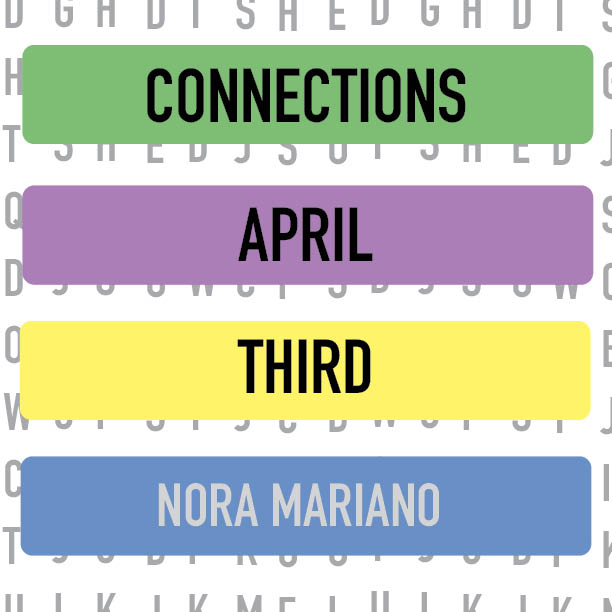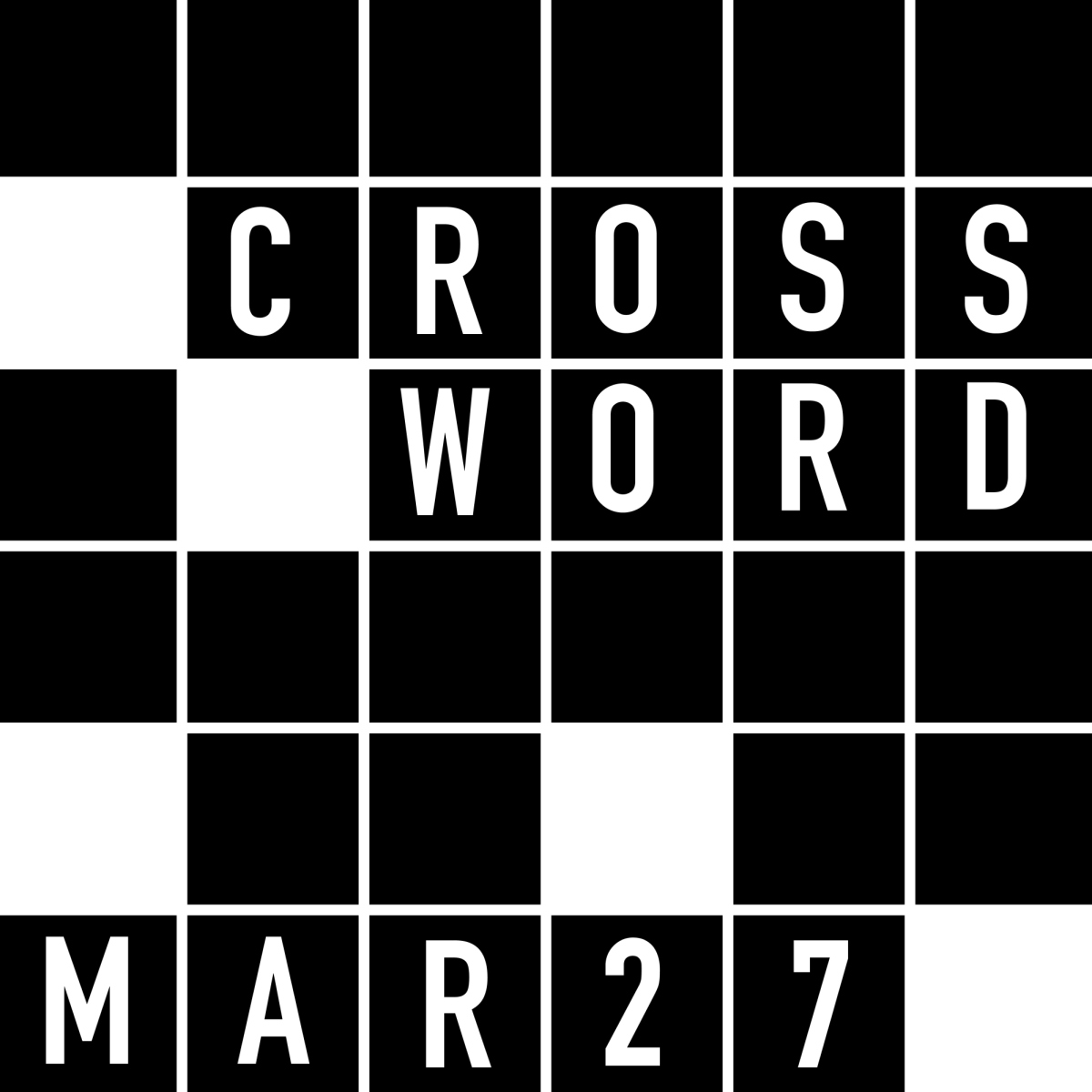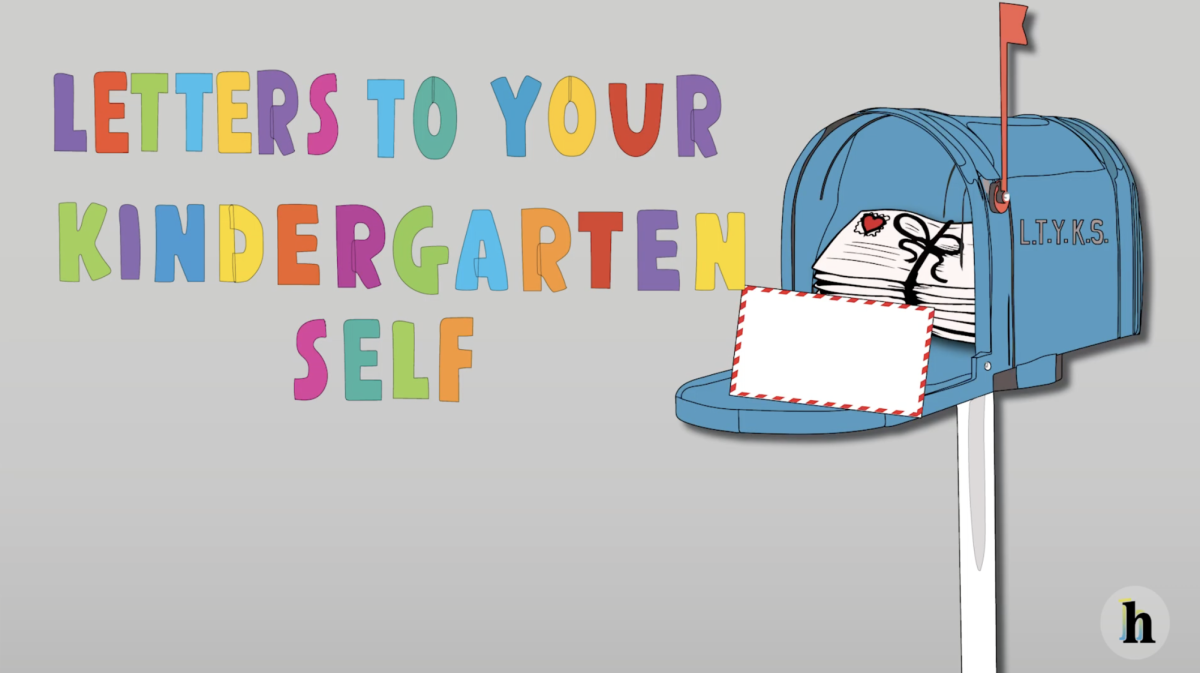News of “Dance Moms: A New Era” left many “Dance Moms” fans highly skeptical of its ability to live up to the original series. Despite the popularity of “Dance Moms” and its legacy in pop culture, viewers acknowledge the problematic aspects of the show.
Counselor Casey Danubio said while watching the show, she kept in mind the goal of reality shows, which is to create drama and conflict.
“It’s shocking to see small children being put through the rigors of these schedules. the demands placed on their bodies physically, emotionally, mentally, it’s hard to see,” Danubio said. “I mean these children are obviously very devoted. They spend all their time doing this and their parents are so devoted as well so my thoughts were just, ‘Wow, I can’t believe this really happens.’”
In the show, head instructor Abby Lee Miller was notorious for her “tough love” teaching style, riddled with emotional and verbal abuse. Fans of the original show hoped the revival of “Dance Moms” would feature a more positive portrayal of the show.
inaccurate representation
Senior Ella Williams has been dancing her entire life and doing so competitively for 10 years. Williams said she questioned how much of “Dance Moms: A New Era” was truly reality. Each episode of “Dance Moms” typically covered a week in the lives of Abby Lee Dance Company (ALDC). Dancers would start the week with “pyramid”, a practice where the girls would be ranked based on their performance the prior week, get assigned and learn the dances they would perform that weekend.
According to Williams, the practice of “pyramid” is not common amongst dance studios and almost never happens in real dance studios.
“I’ve seen Season 1, Seasons 1 through 8 of ‘Dance Moms’ and maybe half of the new show,” Williams said. “It’s not exactly accurate, like 100%, to actual competitive dance. You’re not performing new dances every single week. You don’t even go to competitions every single week. That’s just impossible to do realistically for the long run.”
Dancer and senior Claire Smith, who had danced from ages of 2 to 15, shared this sentiment and said the representation of dance in “Dance Moms” is only partially accurate.
“I think it definitely makes or stirs up drama within the relationships and how they’re formed and stuff like that,” she said,”but I also don’t think it’s completely inaccurate of some of the drama that happens because there is drama within parents, and the girls in the studio, and guys—people in the studio.”
controversial discussions
Aside from the manufactured and/or exaggerated drama of “Dance Moms,” many insensitive moments from the show have seared their way into fans’ minds. These includes moment of physical assault where law enforcement was called and scenes that featured Miller’s mistreatment of her students, and insults targeted at the girls’ physical appearance, as body shaming was a prevalent issue. According to New University, many ballet dancers will experience body shaming or disordered eating to some degree at some point in their careers. Dance instructors, particularly those in ballet, value prototypical “skinny” ballerinas. This value placed on weight can be potentially harmful to dancers and promotes unhealthy eating habits, as dancers attempt to maintain weights deemed acceptable by their instructors, not medical professionals.
Smith said that she experienced judgment based on her changing body as she grew older. She said when she was younger, she tended to be favored because she was skinnier. “But then when I went through puberty, (the instructors) threw me aside and then took the girls that were still teeny tiny even though I was growing like a healthy teenage girl.”
Williams agreed with this notion and said she felt pressured to meet expectations of a “ballet” body.
“I have struggled with body image a lot when I was like 12 to 13 because I just transitioned to an all ballet studio,” Williams said. “And in ballet, the ideal figure is, you have to be a stick, but I am definitely not a stick. It’s mostly my thighs which, you know, you’re showing off your legs a lot and you have to wear tights every day and you have a dress code and that didn’t do well for a 13-year-old me. But I think I’ve gotten over it now because I’m not as into ballet anymore and I’ve transitioned more to other styles like contemporary and jazz and I can wear my baggy pants all I want.”
In the “Dance Moms” show, Miller not only body shamed her young students, but also perpetuated racist microaggressions that appear to have carried over to the revival though new instructor Gloria Hampton (Glo).
Danubio said, “I’m thinking of the Asian little girl and how Glo sometimes talked to them, like, for example, the one Asian girl being told she had to be more mature and tougher, and comparing her to her mom who never expresses emotion—just playing into some prejudices and stereotypes. And with Ash, who was more like the Britney Spears type, they played into stereotypes too. It’s like, ‘Okay, we know what you’re saying—she’s a pretty little ballet dancer, and she’s the powerful, strong Britney Spears dancer.’”

competition
Williams mentioned an experience she had at age 9.
“It was kind of brutal…because I think one big thing for me is, I have a different hair texture than most of the other girls on my team,” she said. “So for competition hair, I couldn’t do the same things as all the other girls probably could. And some of my directors just did not understand that.”
Williams pointed out how competitive dance is different from traditional team sports like basketball, due to its distribution between team and individual competition.
“Dance Moms” focused heavily on competition between the girls, competing against one another for Abby’s favor and subsequent solos. Conflict between the girls themselves was much less frequent than conflict between the mothers.
Williams said she noticed a different theme in the new show, where many of the girls were mean to one another.
“That’s usually not the case,” she said. “You’re not going to be really mean to somebody to their face and you just want to try and be nice to everyone because, if you’re going into dance as a career, these are going to be your coworkers eventually.”
Similar to Miller, Hampton promotes competition between the girls.
“Glo uses her feedback to motivate and instill fear, right? She does it in a very public forum, and she literally puts the kids’ pictures first, second and so on,” Danubio said. “After every single thing, like they didn’t before, she would be very honest with her assessment and kind of pit them against each other. She’d say, ‘You couldn’t do as well as you wanted to because you didn’t ask.’”
Additionally, “Dance Moms” has not shied away from including controversial topics in its dance numbers, ranging from cancer to gun violence. In the current season, for example, Hampton choreographed a dance number about the fentanyl epidemic, in which “victims,” or dancers, were placed in body bags. The dancers placed into body bags on stage were decided upon by their performance during rehearsal.
Danubio questioned this behavior and said children are not mentally prepared to handle the weight of some of these topics.
“What’s the fine line between entertaining somebody and not harming yourself? We can think of millions of musicians, great poets and songwriters who have tipped that line of creativity into unhealthy territory for the sake of entertainment,” Danubio said. “Is it okay because they’re adults and not okay because they’re 10? Probably more okay, right? It’s like this weird, fine line of creativity, expression and entertainment. When we’re forcing kids to do it, I’m just like, are we having conversations with them? Do they understand what’s happening? Are they processing the feelings associated with it? Are they understanding why they’re in a body bag on stage?”
As audiences await confirmation of a new season or cancellation, Williams said she believes that there is room for improvement.
“I feel like if they continue with ‘Dance Moms,’ I feel like they really just need to find a new studio to record. They transitioned from like ALDC to Studio Bleu, but it was the same exact format,” Williams said. “I feel like they need to find a studio and document an actual season, like a realistic season with that studio rehearsing the same dances all year and competing only three to four times and then nationals, which would still be like a lot of interesting drama with that. So I don’t know why they wouldn’t just make it a little more realistic. Also, I’m pretty sure a lot of people are really interested at this point to see what an actual studio environment looks like and feels like and what they do. So I think that transition would be lovely, but I don’t think that’s going to happen.”
Ultimately, Smith said young dancers should look forward to dancing without feeling pressured.
Smith said, “Dance for yourself. Don’t dance for other people, don’t dance for the sake of aesthetics or looking a certain way, just dance for yourself. Do it to make you happy. Dance as an expressive creative platform and art form.”
















































































![Review: “The Immortal Soul Salvage Yard:” A criminally underrated poetry collection [MUSE]](https://hilite.org/wp-content/uploads/2025/03/71cju6TvqmL._AC_UF10001000_QL80_.jpg)
![Review: "Dog Man" is Unapologetically Chaotic [MUSE]](https://hilite.org/wp-content/uploads/2025/03/dogman-1200x700.jpg)
![Review: "Ne Zha 2": The WeChat family reunion I didn’t know I needed [MUSE]](https://hilite.org/wp-content/uploads/2025/03/unnamed-4.png)
![Review in Print: Maripaz Villar brings a delightfully unique style to the world of WEBTOON [MUSE]](https://hilite.org/wp-content/uploads/2023/12/maripazcover-1200x960.jpg)
![Review: “The Sword of Kaigen” is a masterpiece [MUSE]](https://hilite.org/wp-content/uploads/2023/11/Screenshot-2023-11-26-201051.png)
![Review: Gateron Oil Kings, great linear switches, okay price [MUSE]](https://hilite.org/wp-content/uploads/2023/11/Screenshot-2023-11-26-200553.png)
![Review: “A Haunting in Venice” is a significant improvement from other Agatha Christie adaptations [MUSE]](https://hilite.org/wp-content/uploads/2023/11/e7ee2938a6d422669771bce6d8088521.jpg)
![Review: A Thanksgiving story from elementary school, still just as interesting [MUSE]](https://hilite.org/wp-content/uploads/2023/11/Screenshot-2023-11-26-195514-987x1200.png)
![Review: "When I Fly Towards You", cute, uplifting youth drama [MUSE]](https://hilite.org/wp-content/uploads/2023/09/When-I-Fly-Towards-You-Chinese-drama.png)
![Postcards from Muse: Hawaii Travel Diary [MUSE]](https://hilite.org/wp-content/uploads/2023/09/My-project-1-1200x1200.jpg)
![Review: "Ladybug & Cat Noir: The Movie," departure from original show [MUSE]](https://hilite.org/wp-content/uploads/2023/09/Ladybug__Cat_Noir_-_The_Movie_poster.jpg)
![Review in Print: "Hidden Love" is the cute, uplifting drama everyone needs [MUSE]](https://hilite.org/wp-content/uploads/2023/09/hiddenlovecover-e1693597208225-1030x1200.png)
![Review in Print: "Heartstopper" is the heartwarming queer romance we all need [MUSE]](https://hilite.org/wp-content/uploads/2023/08/museheartstoppercover-1200x654.png)




